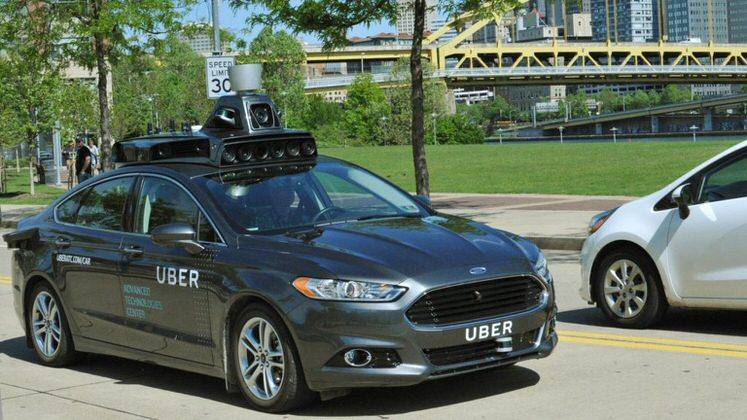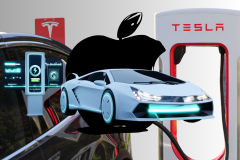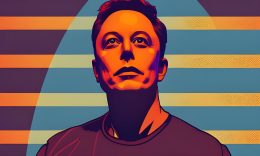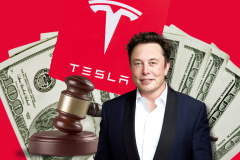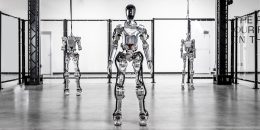Uber announced on Thursday that its autonomous car, a modified hybrid Ford Fusion, will be hitting the streets of Pittsburgh. The car will be collecting mapping data, alongside testing the company’s self-driving system.
It is the first public testing of Uber’s autonomous car. The Advanced Technologies Center (ATC), a division located in Pittsburgh, is in charge of testing the car and building the next generation taxi driver.
See Also: Are cars self-driving Apple’s $1 billion investment in Didi Chuxing?
“Real-world testing is critical to our efforts to develop self-driving technology,” said Uber in its press release. “Self-driving cars have the potential to save millions of lives and improve quality of life for people around the world. 1.3 million people die every year in car accidents — 94% of those accidents involve human error. In the future we believe this technology will mean less congestion, more affordable and accessible transportation, and far fewer lives lost in car accidents.”
Uber claims there will always be a driver inside the autonomous car, able to take over if the system fails. The taxi giant has also informed local officials and authorities that tests are being conducted, hopefully avoiding any unnecessary tangles with the law.
Uber pickup time running late?
The company also mentions that it’s behind in the autonomous race, with some automakers working on self-driving features for years now, but claims that every day of testing is leading to improvements.
Rumors of Uber building an autonomous car started last year, around the time Nokia was in talks with the company to sell HERE Maps. That deal didn’t happen, but the autonomous car is real, and Uber’s early investor Google is supposedly not happy.
In fact, the search giant might be building its own autonomous taxi platform to compete with Uber, due to the attempt to move away from Google Maps and build its own autonomous car system. That taxi service hasn’t been announced at I/O this year, but the threat alone might be pushing Uber to invest more heavily in autonomous cars.











